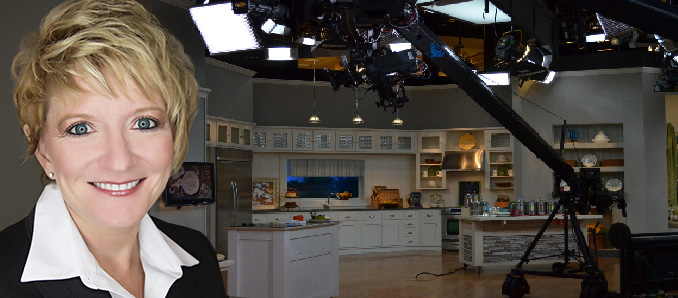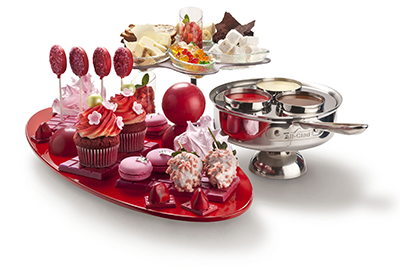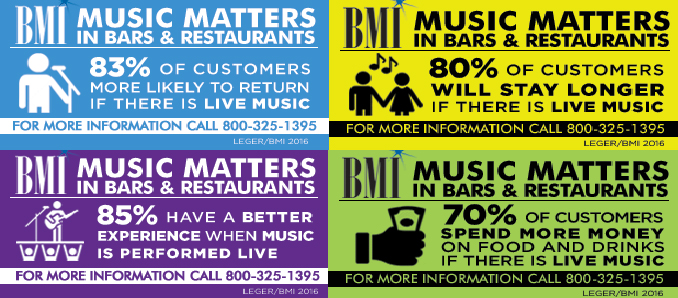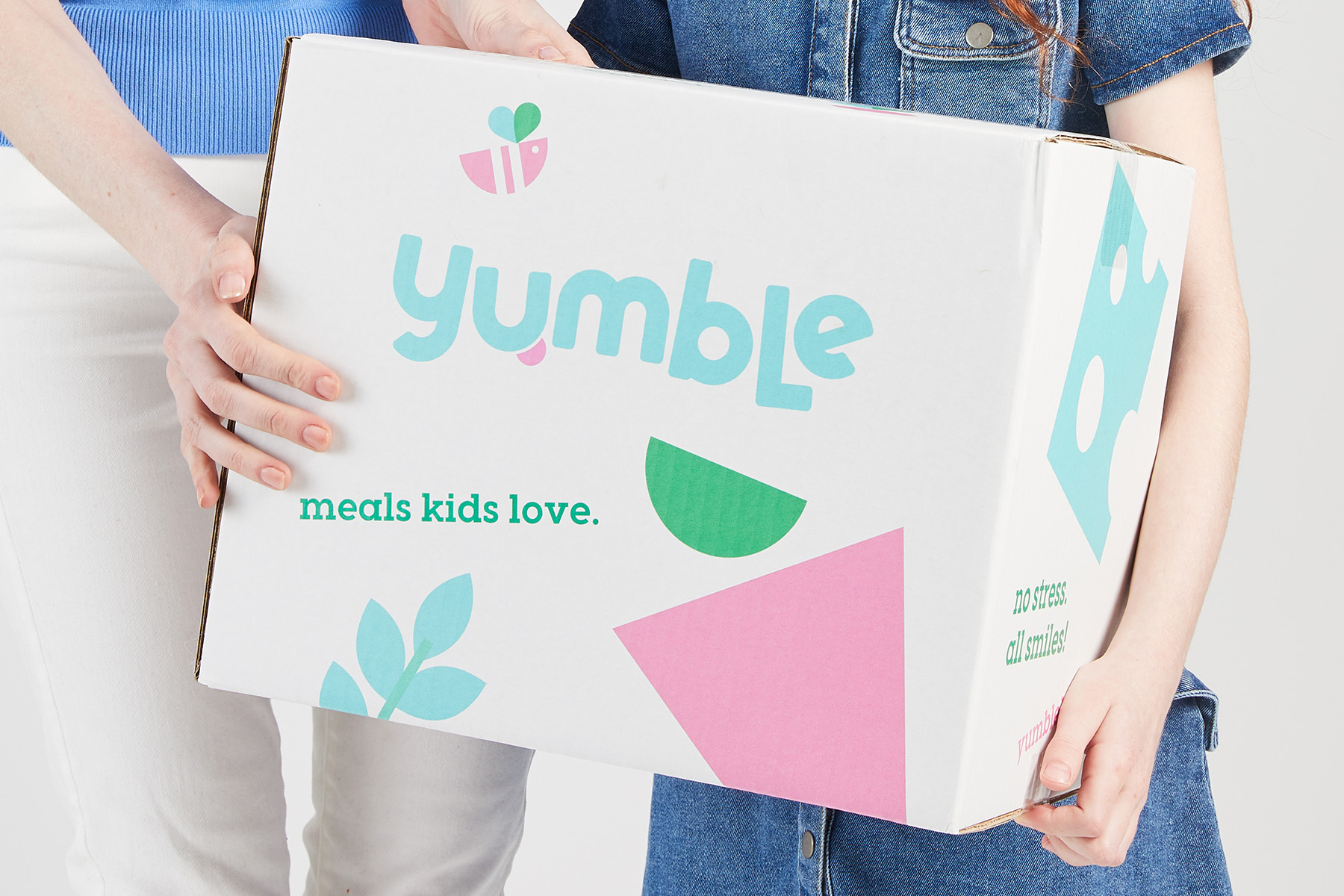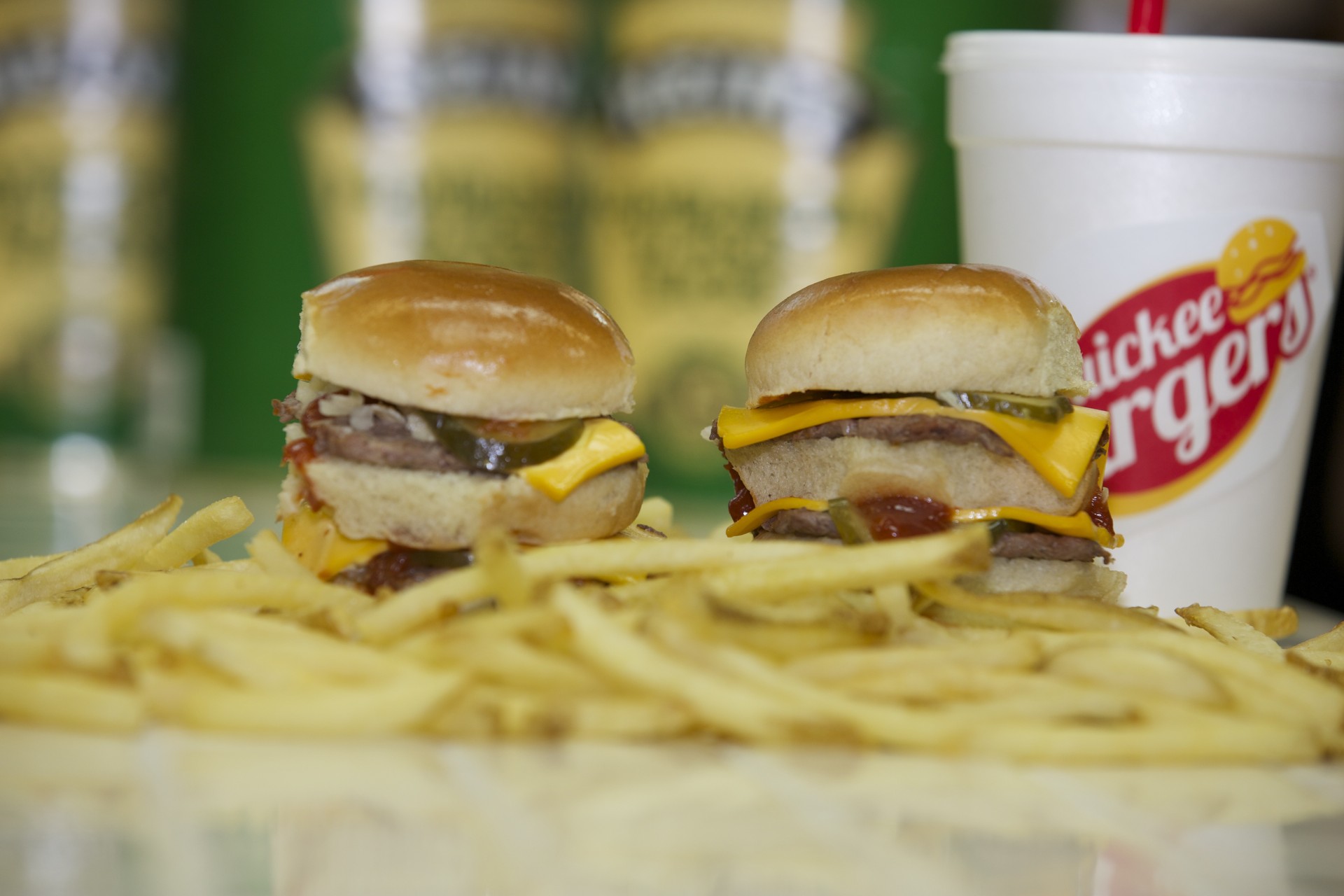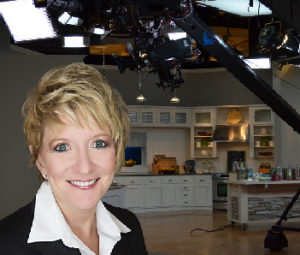 By Francine L. Shaw
By Francine L. Shaw
Cooking shows and segments have become increasingly popular, and viewers turn in regularly to watch their favorite television chefs prepare meals and provide tips and advice. While these shows are certainly entertaining – and can provide inspiration for new recipes and ideas – they have one major flaw: they don’t spotlight proper food safety protocols. And when on-air personalities make blatant food safety errors on national TV, their viewers think it’s OK to model similar behavior in their own kitchens.
In fact, recent studies show that television cooking shows may pose a threat to viewers, if they mimic the unsafe behaviors that the TV chefs are demonstrating. Kansas State University researchers examined 100 popular television cooking shows, examining the chefs’ food safety behaviors (or lack thereof). They found that it was common for these chefs to skip handwashing after handling raw proteins (poultry, meats, seafood, and eggs), reuse the same cutting board for multiple ingredients, and not properly sanitize their equipment. Each of these practices increase the risks of foodborne illnesses, as cross-contamination (from hands and/or equipment) can easily transfer bacteria.
I was recently watching a national morning show, and saw its famous host doing a remote segment from a burger restaurant. This well-known on-air personality was working in the restaurant’s kitchen making burgers – and making multiple food safety errors in the process. He didn’t wash his hands before handling the food or after touching raw beef. He didn’t use a thermometer to determine whether the burgers were cooked to proper temperatures, he didn’t use food prep gloves correctly, and he failed to change cutting boards while prepping different ingredients. While his segment was meant to entertain – he chattered non-stop while he was prepping and cooking the meal – it should have also been educational. But instead, he was a terrible role model for food safety protocols. It frightens me to think that millions of viewers saw this beloved and respected authority figure ignoring important food safety practices, and may think it’s OK for them to do the same in their own kitchens.
While I recognize that there’s limited air-time for each televised segment or program, it’s frustrating (and dangerous) to see television chefs make such obvious errors with regard to food safety protocols. I travel around the country educating people about the importance of food safety, but then they tune into cooking shows/segments and see TV personalities making the very same mistakes that I tell them to avoid. Keep in mind: any one food safety mistake on its own could cause a foodborne illness incident or outbreak. Combining multiple errors while prepping one meal (as the morning show host did) increases the risk factors exponentially.
Food safety is critical, and foodborne illnesses are a widespread and serious problem. In the U.S. alone, there are 48 million reported cases of foodborne illnesses each year – that’s 1 in 6 people! – as well as 5,000 hospitalizations, and 3,000 deaths.
Foodborne illness is 100% preventable. Whether you’re running a restaurant, cooking dinner for your family at home, or demonstrating a new recipe on a television show, there are certain things you should do every day – for every meal – to prevent foodborne illness:
- Wash your freaking hands. This is the single most important thing for people to do to prevent the spread of dangerous bacteria, and it’s non-negotiable. Wash your hands with soap and hot water – not hand sanitizer – and scrub in between your fingers and under your fingernails. Dry your hands with a clean, single use towel. Anyone handling or serving food must wash their hands thoroughly throughout the day. Wash your hands before starting food prep, after touching your hair, face, body, cell phone or other objects, after using the restroom, shaking someone’s hand, handling money, touching raw proteins, smoking, sneezing/coughing or eating. Germs and bacteria can easily be spread through the hands, but this is easy to prevent through proper hygiene.
- Avoid cross-contamination. Raw proteins – poultry, meats, seafood and eggs – contain bacteria, so wash and sanitize anything that’s come in contact with these raw foods – your hands, cutting boards, knives, plates, etc. Don’t use the same cutting board or knife to chop ready-to-eat foods (like veggies for a salad) after prepping raw chicken on that board. And don’t place cooked meats on the same plate you used to hold the raw meats. Always sanitize boards, knives, and other equipment after using them.
- Cook foods to the proper temperature. Celebrity chefs often use the “touch” method, claiming that you can tell when a steak (or other meat) is completely cooked by touching it. Or they’ll instruct viewers to cook poultry until the “juices run clear.” Neither of these methods is a safe or accurate way to determine whether foods are cooked completely. Use a food thermometer to ensure that your foods are cooked to proper temperatures. Undercooked foods can harbor unsafe levels of bacteria and can make diners sick – or even kill them. Years ago, a huge foodborne illness outbreak at a Jack in the Box restaurant was traced back to undercooked burgers. People died from this mistake. Avoid this error in your kitchen!
- Choose safety over fashion. On TV, chefs always look “camera-ready,” with cute outfits, stylish jewelry and fancy hairstyles and fingernails. In reality, restaurant and home chefs should tie their hair back so strands don’t drop into the food, contaminating it. Also, rings, bracelets and watches can trap dirt, food and bacteria – and possibly fall into the food accidentally – so they shouldn’t be worn while preparing or serving food. Fingernails should be kept short and clean, and fake fingernails (which can harbor bacteria and fall into the food) should never be worn in the kitchen.
- Keep hot foods hot and cold foods cold. Not only should you cook foods to proper temperatures, but you should serve them correctly, too. If you have a buffet at your restaurant (or at a party at home), keep hot foods hot using warmers or slow cookers, and serve cold foods (like shrimp cocktail) on ice so they remain chilled. Don’t allow any foods to sit out for more than two hours – or one hour if your party is outside on a warm day.
- Properly clean and sanitize all equipment. Often, on television, chefs use a cloth towel to wipe off cutting boards or knives. Wiping equipment with a cloth towel won’t remove bacteria from the surface – only proper cleaning and sanitizing can do that. In fact, if you wipe contaminated equipment with a towel, the towel would then be covered in bacteria that can be spread to hands, foods, and other equipment. It’s essential to regularly rinse, wash and sanitize all surfaces and equipment – especially after prepping raw proteins.
Cooking shows and segments are certainly entertaining and can inspire new ideas, recipes and techniques. While it’s fine to watch and enjoy these shows, be aware that they often don’t reflect proper food safety protocols that would keep your guests – and your family – safe and healthy. Follow proper food safety practices every day, with every meal, no matter what you see chefs doing on TV.
About Francine L. Shaw
Is the President of Food Safety Training Solutions, Inc., which offers a robust roster of services, including consulting, food safety training, food safety inspections, norovirus policies for employees, norovirus clean-up procedures, curriculum development, responsible alcohol service training, and more. The Food Safety Training Solutions team has more than 100 combined years of industry experience in restaurants, casinos, and convenience stores. The company has helped numerous clients, including Paradies Lagardère, McDonald’s, Subway, Marriott, Domino’s, Girl Scouts and Boy Scouts of America, Dairy Queen, and Omni Hotel and Resorts, prevent foodborne illnesses. Additionally, they work with restaurants of all sizes, schools, medical facilities, convenience stores, hotels and casinos. Francine has been featured as a food safety expert in numerous media outlets, including the Dr. Oz Show, the Huffington Post, iHeartRadio, Food Safety News, and Food Management Magazine.



